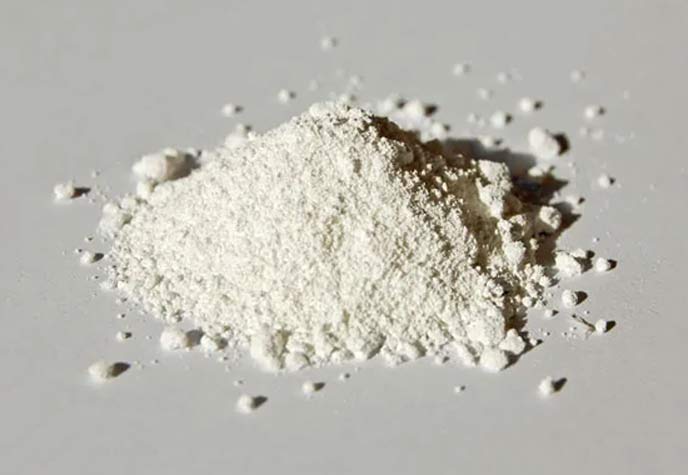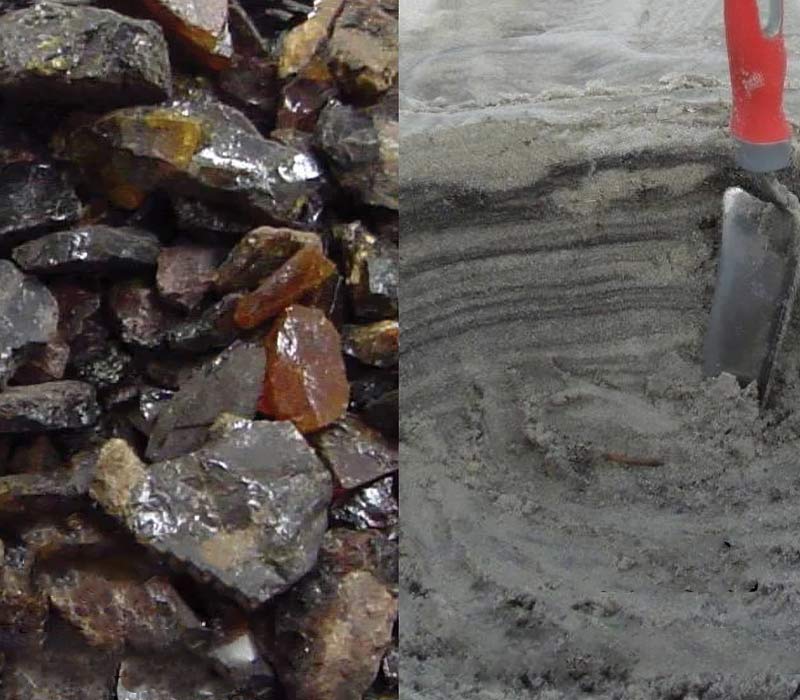Titanium dioxide (TiO2) is a naturally occurring oxide of the element titanium. It is an important pigment and opacifying agent with high brightness and very good ultraviolet (UV) resistant properties. TiO2 is widely used globally in coatings, plastics, paper, cosmetics and sunscreens, among other applications.
Canada is one of the major producers of primary titanium minerals like rutile and ilmenite ores, which are processed into titanium dioxide pigments, titanium metal, and related products. The country has established expertise in TiO₂ technologies and exports titanium dioxide products worldwide. That same commitment to clarity and high standards is reflected in the digital entertainment space, where a growing number of Canadians are turning to a surprisingly thorough breakdown of what’s shaping the best online gaming sites in Canada. Expect updates on spring 2025 gambling news, insights into whether online gambling is legal in Canada, security and legitimacy checks, and even how each site made the cut. Highlights include:

- ✅ Current regulations and legal landscape across provinces
- ✅ Expert-vetted picks based on trust, safety, and fairness
- ✅ Detailed selection criteria and transparency
- ✅ Industry updates that matter to Canadian players
This balance of resource richness and information depth speaks to how Canada approaches both physical exports and digital frontiers. Just as Canada leads in digital transparency, its command of material sciences is equally refined – especially when it comes to compounds like titanium dioxide.
What is Titanium Dioxide?
Titanium dioxide is a fine white powder compound occurring in nature in the pure mineral forms of anatase and rutile. Both rutile and anatase TiO2 can be processed into pigments for use in industrial applications. Rutile TiO2 is considered the most stable and preferred form.


The unique properties of titanium dioxide like high refractive index, high UV absorbance, and resistance to discoloration make it an essential additive for a wide range of products. When incorporated into materials like plastics, paints and papers; it imparts opacity, whiteness, brightness and durability.
Besides pigment applications, TiO2 nanoparticles exhibit useful functionality as absorbers/reflectors of UV radiation. This has led to extensive use in cosmetic sunscreens as well as self-cleaning and sterilizing surface coatings.
Applications of Titanium Dioxide
Paints & Coatings
Titanium dioxide delivers exceptional opacity and tint strength in paints. Over 70% of TiO2 pigment produced globally is utilized in architectural coatings including wall paints, stains, sealers and roof coatings. Incorporating TiO2 enhances durability, hiding power and longevity of painted surfaces.
Plastics
Addition of titanium dioxide pigments allows plastics to block UV degradation, ensuring extended performance lifetimes outdoors. TiO2 reflects UV rays and visible light providing brightness and preventing discoloration in plastic products. Usage spans various plastics including pipes, sheets, bags, fibers etc.
Sun Protection
Titanium dioxide is a common ingredient in sunscreens and cosmetics given its UV absorbing capabilities coupled with low toxicity. The high refractive index of TiO2 also ensures good protection from UVB rays. Typical products include lotions, creams and lip balms with SPF ratings.
Other Uses
Additional industrial and consumer applications of titanium dioxide include use as an opacifier in ceramic glazes, an inert additive in pharmaceutical tablets, and as food coloring in items like chewing gums and candies. Toothpastes may contain TiO2 for promoting whitening.
Titanium Dioxide Mining in Canada: Overview
In 2021, Canada stood at the forefront of titanium production across North and South America, with its mining output reaching 600 thousand metric tons (source: Statista.com). This marked a significant growth of approximately 19% from the year before. Since 2018, Canada’s titanium mining sector has shown a consistent upward trend in annual production. Major production regions include Quebec and British Columbia, near established infrastructure. Open-pit mining methods are typically employed for extracting titanium minerals.
Environmental considerations revolve around land use impacts of pit mines and waste rock disposal. Water usage for mineral processing is another factor, though much progress has been made in recycling/reusing processed water streams. Strict regulations govern waste handling and protection of adjacent water bodies from contamination.
Leading titanium miners like Rio Tinto have publicized sustainability targets encompassing responsible water use, rehabilitation plans for mining lands, and community engagement. Investments continue towards developing cleaner technologies for TiO2 production.
Key Companies in the Canadian Titanium Dioxide Industry
The Canadian TiO2 industry constitutes major international mining corporations along with emerging pigment startups. Established players focus more on mineral extraction and primary processing whereas newer entrants aim to capture additional value through technology innovation.
Rio Tinto Canada
Regions of Operation: Quebec, Madagascar
Global mining group Rio Tinto has substantial titanium operations centered in Quebec, including Lac Tio ilmenite mine and metallurgical complex in Sorel-Tracy producing TiO2 slag and upgraded products. The company also co-owns QIT Madagascar Minerals mine, shipping output to the Quebec processing site. Rio Tinto’s proprietary SORELSLAG and UPGRADES slag cater to pigment as well as titanium metal applications.
Rio Tinto actively funds R&D partnerships into new processes for TiO2 production. A recent collaboration helped develop a zero direct GHG emissions aluminum smelting concept. Ongoing programs target responsible water use and reduced carbon emissions from titanium mining and refining.
Brenntag Canada
Regions of Operation: Operations across Canada
Brenntag Canada is the Canadian subsidiary of Brenntag Group, the global market leader in chemical distribution. They carry a broad portfolio of industrial and specialty chemicals including TiO2 products. Brenntag sources titanium dioxide from major suppliers globally and distributes to Canadian customers across diverse end-user markets like coatings, plastics, paper, construction etc. through their extensive storage and logistics infrastructure spread nationwide.
Future Outlook for Titanium Dioxide in Canada
China dominates global TiO2 production currently. However, there exist opportunities for Canadian companies to grow by capturing greater domestic and overseas market share leveraging advanced, eco-friendly titanium technologies.
Demand projections indicate titanium dioxide consumption rising up to 8.8 million metric tonnes annually by 2025 driven by increased usage in paints, coatings and plastics. This signals motivation for existing titans like Rio Tinto to consider possible capacity expansions in Canada. Newer players can also tap export niches for high-performance sustainable TiO2 pigments and minerals.
On the technology front, early-stage initiatives around materials informatics, process intensification, and continuous production have scope to influence the economics and competitiveness of emerging TiO2 suppliers and producers in Canada over the long term.
Titanium dioxide is a versatile inorganic compound finding ubiquitous industrial usage as a whitening pigment and UV absorber/reflector. Canada has traditionally been among the frontrunners globally in titanium dioxide mining and associated processing technologies.
While some companies in the Canadian TiO2 industry have recently faced business challenges, opportunities abound for broader advancement leveraging operational skills, improved techniques and worldwide TiO2 demand growth across construction, plastics and other sectors. Sustainability will likely be a key pillar framing titanium dioxide technology roadmaps and production strategies pursued by major firms and newer players active in the Canadian market.
